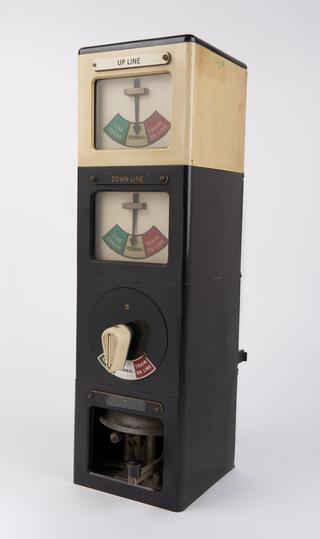
Lancashire & Yorkshire Railway Signalling School Model Railway Layout
1912

1912
1912
1912
1912
1912
1912
1912
1912
1912
1912
1912
1912
1912
1912
1912
1912
1912
1912
1912
1912
1912
1912
1912
1912
1912
1912
1912
1912
1912
1912
1912
1912
1912
1912
1912
1912
1912
1912
1912
1912
1912
1912
1912
1912
1912
1912
1912
1912
1912
1912